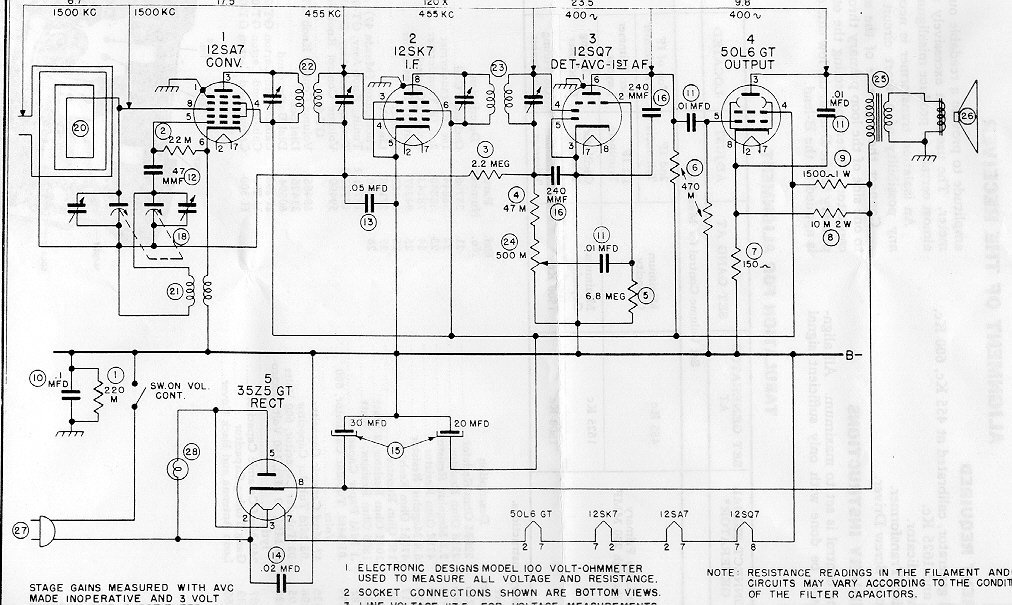And when the cap shorts?
The whole concept of "death cap" was about when they short. The hot chassis era was before the advent of safety caps.
The whole concept of "death cap" was about when they short. The hot chassis era was before the advent of safety caps.



Comment